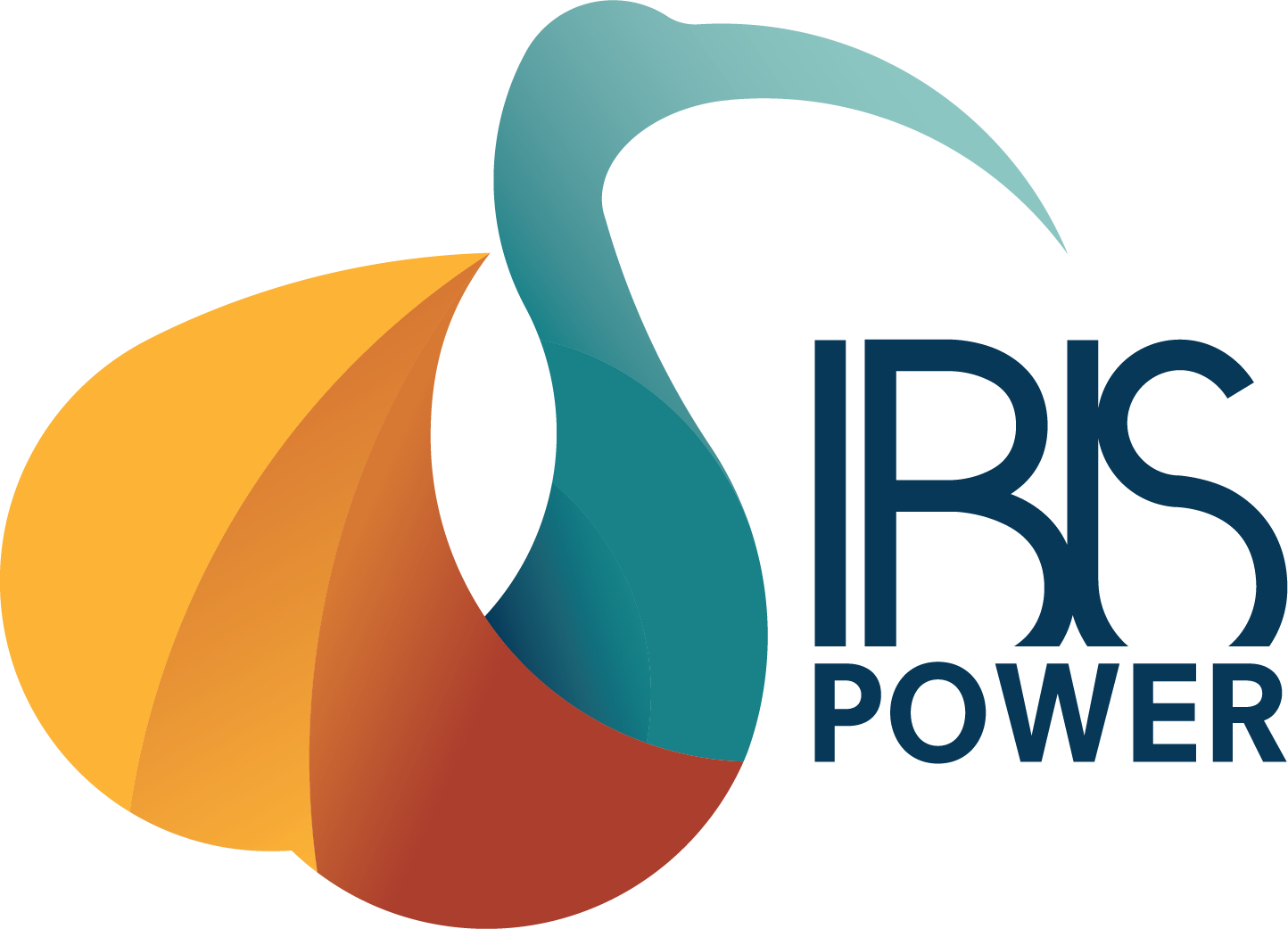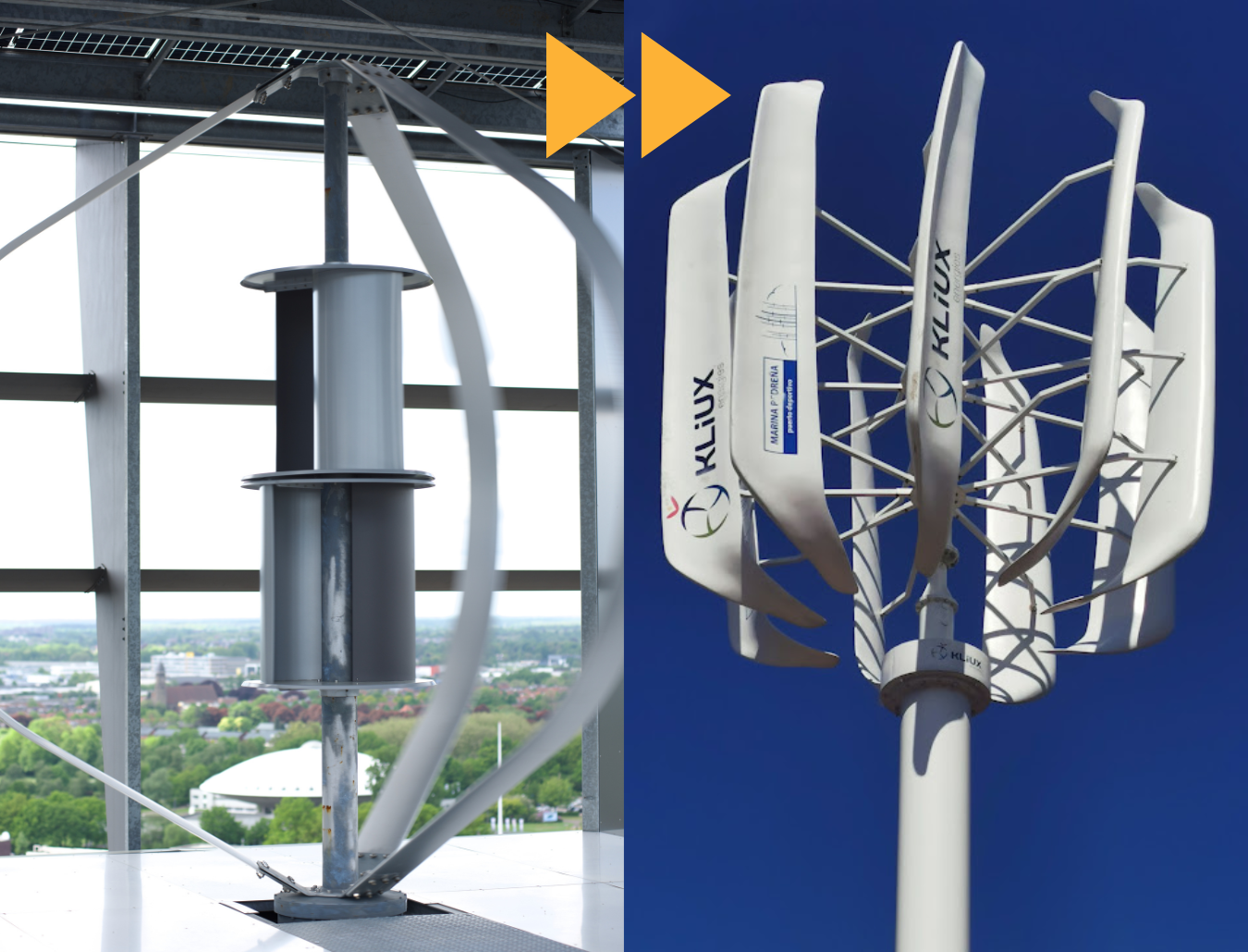What's PowerNEXT?
Vier baanbrekende innovaties luiden een nieuw tijdperk in voor PowerNEST. Lees hier wat die vier innovaties behelzen en maak een afspraak met IBIS om in gesprek te gaan en te ontdekken of jouw project met PowerNEXT zichtbaar grootse, duurzame impact kan maken.
De vier PowerNEXT innovaties op een rij
Lichtgewicht stalen constructie
Betere business case
Nieuwe generatie windturbines
PowerNEST Light
Praat verder over PowerNEXT met een IBIS-collega.
We gaan graag in gesprek om vragen te beantwoorden en eventueel vrijblijvend te kijken of PowerNEXT past bij jouw project.
Laat je contactgegevens achter en je wordt zo snel mogelijk teruggebeld.
Alleen wanneer het een project binnen de Benelux betreft, wordt er telefonisch teruggebeld. Betreft het een project buiten de Benelux? Neem dan contact op via ons contactformulier.
Innovatie 1: Lichtgewicht stalen constructie
Het frame van PowerNEXT is gemaakt van een nieuwe, lichtgewicht stalen constructie van geprefabriceerde, koudgewalste profielen. Dit levert het volgende op:
De constructie weegt hierdoor 30%, of ongeveer 2000 kg minder per PowerNEST unit.
De staalkosten van een PowerNEST zijn tot 50% lager (afhankelijk van het aantal units).
Er komt geen laswerk meer aan te pas.
De installatiekosten zakken van 22,5% van de hardwareprijs van PowerNEST naar 12,5% van de hardwareprijs.
Omdat PowerNEST als geprefabriceerd bouwpakket wordt geleverd, gebeurt de installatie 2 keer zo snel.
Het materiaal is corrosiebestendig, waardoor er vrijwel geen onderhoud aan het frame nodig is.
Zelf een kleur kiezen voor PowerNEST? Dat kan met dit materiaal veel eenvoudiger en goedkoper.
Innovatie 2: Betere Business Case
De business case van PowerNEXT kent niet alleen betere resultaten door lagere kosten en hogere opbrengsten dankzij innovaties 1 (lichtgewicht stalen constructie) en 3 (nieuwe generatie turbines), de business case wordt bovendien door de economisch vastgoedadviseurs van Stadkwadraat beter onderbouwd.
We leven namelijk in een tijd waarin de economische waarde van vastgoed sterk wordt beïnvloed door het al dan niet nemen van duurzame maatregelen.
Er worden drie belangrijke economische effecten op de vastgoedmarkt in het PowerNEXT rekenmodel meegenomen:
Met name voor oudere gebouwen geldt dat wanneer er nú geen duurzame investeringen in worden gedaan, het al snel niet meer rendeert om dat later alsnog te doen. Deze gebouwen worden stranded assets: niemand wil er nog geld insteken en verval ligt op de loer.
Koolmonoxide-uitstootbelasting vanaf 2027 - bijna niemand acteert hier nog op, waardoor de klap voor gebouweigenaren die geen actie hebben genomen groot zal zijn. Kiezen voor een PowerNEST betekent het drastisch verkleinen van dit risico.
Huurmarkt onder druk - leegstand, met name bij kantoren, omdat potentiële huurders duurzame gebouwen prefereren. Duurt dit te lang, dan is de cirkel weer rond: deze gebouwen worden snel stranded assets.
Deze innovatie en samenwerking brengt deze en meer economische gevolgen van een PowerNEST installatie op het dak nauwkeurig in kaart en maakt zo duidelijk voor welke gebouweigenaren en beleggers investeren in PowerNEST in een zo kort mogelijke tijd het gewenste rendement levert.
Innovatie 3: Nieuwe generatie windturbines
PowerNEXT's nieuwe generatie windturbines wekken tot 4 keer meer energie op (15 - 20 MWh/ jaar) dan de vorige en zijn een verbetering op meer fronten:
De oude turbines hebben een vermogen van 3 kW, bij de nieuwe generatie is er een keuze tussen 4, 5, 7 of 10 kW - waarbij 7 kW het meest gangbaar is.
De nieuwe turbines produceren al energie bij lage windsnelheden, bij minder 3 meter per seconde.
Dit type windturbine stopt niet bij hoge windsnelheden, maar begrenst zichzelf en wekt ook met het begrenzen van de snelheid (rem)energie op.
Ook produceert deze nieuwe generatie turbine meer energie bij een lager toerental, door een systeem vergelijkbaar met een 'versnellingsbak'.
Het geluidsniveau van de windturbines was al binnen de wettelijke grenzen, maar gaat met de nieuwe turbines naar nauwelijks meetbare geluidsproductie.
Bovendien hebben de nieuwe turbines nauwelijks onderhoud nodig.
Innovatie 4: PowerNEST Light
PowerNEST is zo ontworpen dat het naadloos op de meeste vierkante en rechthoekige gebouwen past en voor optimaal windrendement zorgt, met minimale aanpassingen. Er zijn natuurlijk gebouwen waar de vierkante hoeken van PowerNEST technisch of architectonisch niet op passen. Voor deze situaties biedt de vierde en laatste PowerNEXT-innovatie een oplossing.
Met de hulp van architect Annebregje Snijders ontwikkelden we een variant van onze oplossing zónder windturbines, mét veel andere voordelen:
Meer vrijheid in materiaalkeuze en architectonisch design. Zo kan er ook in overleg met de architect van het gebouw een toepassingsvorm ontworpen worden.
PowerNEST Light is geschikt voor gebouwen waar 'gewone' zonnepanelen in verband met brandveiligheid en de hoge kosten voor een brandverzekering niet rendabel zijn. Dit omdat de panelen op een stalen construct boven het dakoppervlak ‘zweven’ en de wind ze bovendien aan zowel de boven- als onderkant koelt.
Ook de andere positieve effecten op de zonne-opwek die PowerNEST kent, blijven behouden. Naast de koeling van de zonnepanelen door de wind, wekken de bifacial zonnepanelen dankzij de reflectie van de zon niet alleen met de boven- maar ook met de onderkant energie op. Bovendien zorgt de verheven structuur ervoor dat de panelen boven de bestaande dakinstallaties geïnstalleerd worden, waardoor een veel groter oppervlak kan worden benut.
Het design is verenigbaar met de bestaande architectuur van een gebouw of kan verschillend uitziende gebouwen binnen hetzelfde complex verenigen tot één geheel.
Heeft het gebouw een groenopgave? PowerNEST Light biedt veel verschillende mogelijkheden voor daktuinen. Daktuinen en zonnepanelen hoeven elkaar niet langer uit te sluiten.




